MOTION
Okay Isaac Newton, I think you were on to something here… according to your brilliant first law of physics, things will generally just keep doing what they are doing i.e.) either rest or move. This law can even be applied to the overall trend of our bodies; we are either generally at rest or generally in motion.

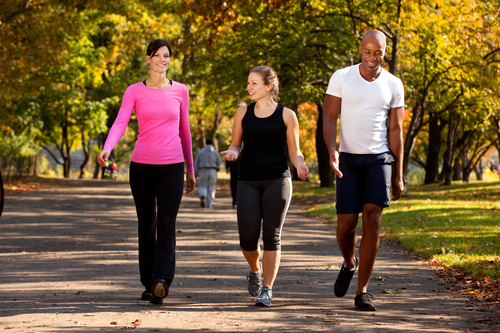
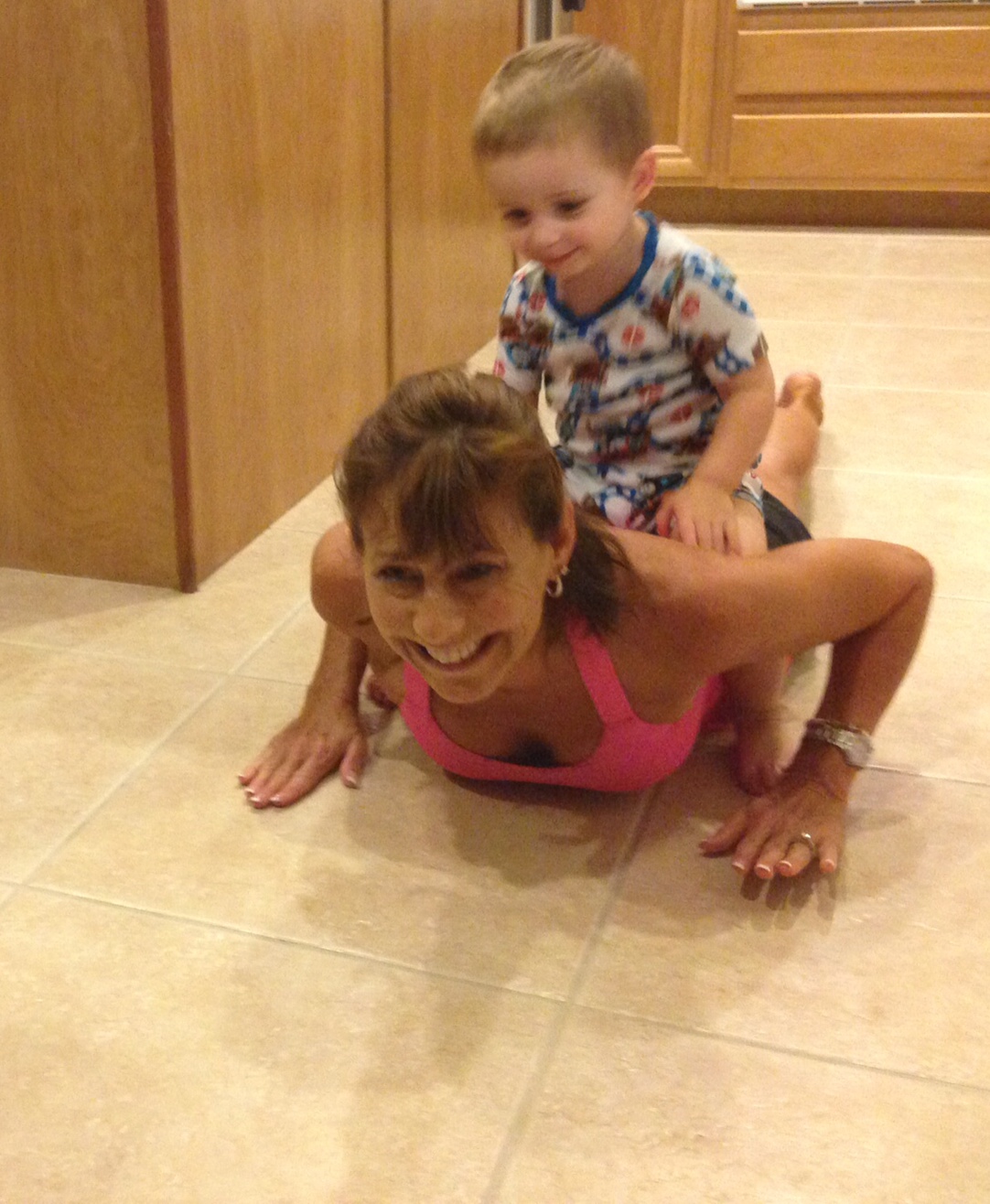
 Life was very busy with Victoria (now 24), Edward and Elizabeth (both now 22) all born within fifteen months. I mostly worked at home so I could be with them, volunteer at their school and attend all of their activities. Around the time I turned forty, I knew something was not right and all my energy went to my family and job. I could barely make it through the day without a nap and no matter what I ate, I continued to lose weight, eventually getting down to a dangerously low BMI. Fortunately, my family physician (whom I am still with) diagnosed Graves disease quickly and a few months later, I underwent removal of the damaged portion of my thyroid with radioactive iodine. With careful monitoring and thyroid supplements, I overcame this issue but as with most people suffering from autoimmune diseases, I still had another one to identify and did not have the energy to return to working out. This is when I learned that I had to be my own advocate and to be persistent when something does not feel right. While I was much better, I was still exhausted and weak. After undergoing an autoimmune panel, it was determined that I had Myasthenia Gravis. I was just one of about 13,600 people in the USA with it so very little research is done. Once my symptoms from the autoimmune diseases were under control (neither has an actual cure), I decided that I had to become active again. I joined a gym and found that the yoga classes they offered gave me back the strength, agility and stamina I had lost. I began practicing at Yoga Works, where I have remained to this day.
Life was very busy with Victoria (now 24), Edward and Elizabeth (both now 22) all born within fifteen months. I mostly worked at home so I could be with them, volunteer at their school and attend all of their activities. Around the time I turned forty, I knew something was not right and all my energy went to my family and job. I could barely make it through the day without a nap and no matter what I ate, I continued to lose weight, eventually getting down to a dangerously low BMI. Fortunately, my family physician (whom I am still with) diagnosed Graves disease quickly and a few months later, I underwent removal of the damaged portion of my thyroid with radioactive iodine. With careful monitoring and thyroid supplements, I overcame this issue but as with most people suffering from autoimmune diseases, I still had another one to identify and did not have the energy to return to working out. This is when I learned that I had to be my own advocate and to be persistent when something does not feel right. While I was much better, I was still exhausted and weak. After undergoing an autoimmune panel, it was determined that I had Myasthenia Gravis. I was just one of about 13,600 people in the USA with it so very little research is done. Once my symptoms from the autoimmune diseases were under control (neither has an actual cure), I decided that I had to become active again. I joined a gym and found that the yoga classes they offered gave me back the strength, agility and stamina I had lost. I began practicing at Yoga Works, where I have remained to this day.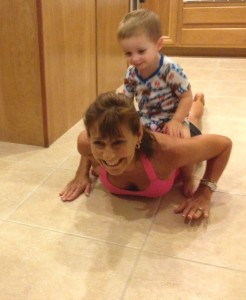 I returned to practicing yoga as a means of rehabilitation. The yoga moves I had previously learned helped me to regain mobility in my chest and arms. At first, I could not even get my arms above my head or my shoulders all the way back to their normal position. Every night, I would get down on the floor and work on these areas, Eventually, I regained a lot of mobility and the courage to practice yoga in front of people again. In returning to Yoga Works, I have found that not only have I regained my strength, but also my confidence. I credit an active lifestyle including yoga, healthy eating and long walks with Larry and our dog, Zoey, with my full recovery as well as close relationships with family and friends. These things have also been essential in combating Lymphedema (impaired flow of the lymphatic system due to lymph node removal) and the side effects of Arimidex (an estrogen blocking drug used for treatment of breast cancer after surgery). I am in the process of becoming a certified yoga instructor so that I can help others to live a healthy lifestyle and maintain their fitness goals. My intention is not only to teach classes at a studio or gym, but also to work with cancer survivors to help them regain their strength, agility and confidence through yoga.
I returned to practicing yoga as a means of rehabilitation. The yoga moves I had previously learned helped me to regain mobility in my chest and arms. At first, I could not even get my arms above my head or my shoulders all the way back to their normal position. Every night, I would get down on the floor and work on these areas, Eventually, I regained a lot of mobility and the courage to practice yoga in front of people again. In returning to Yoga Works, I have found that not only have I regained my strength, but also my confidence. I credit an active lifestyle including yoga, healthy eating and long walks with Larry and our dog, Zoey, with my full recovery as well as close relationships with family and friends. These things have also been essential in combating Lymphedema (impaired flow of the lymphatic system due to lymph node removal) and the side effects of Arimidex (an estrogen blocking drug used for treatment of breast cancer after surgery). I am in the process of becoming a certified yoga instructor so that I can help others to live a healthy lifestyle and maintain their fitness goals. My intention is not only to teach classes at a studio or gym, but also to work with cancer survivors to help them regain their strength, agility and confidence through yoga.
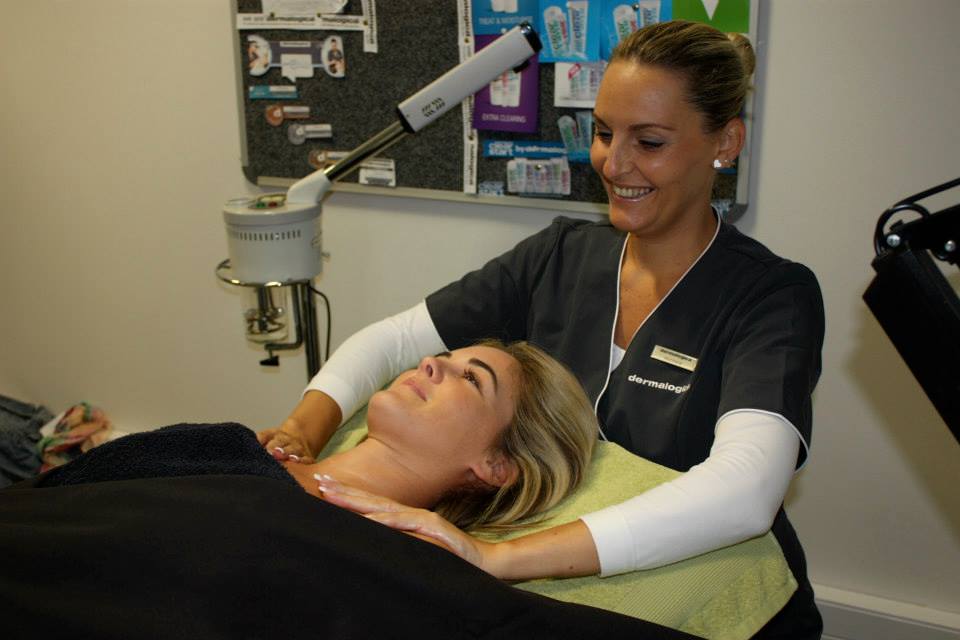

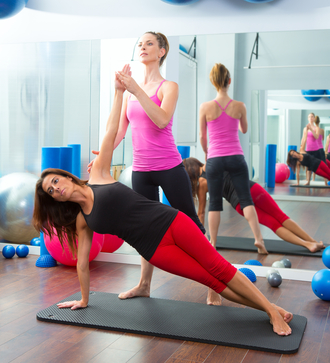
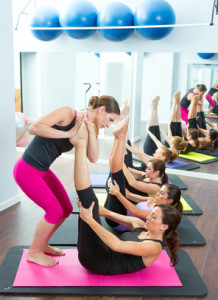 The first study on the benefits of Pilates for breast cancer survivors was completed by physical therapists in 2008 [1]. It was a pilot study with only four participants, so the conclusions we can draw from this study are limited. However, they found that Pilates increased the flexibility of the affected arm after a twelve-week program, with participants exercising three times a week.
The first study on the benefits of Pilates for breast cancer survivors was completed by physical therapists in 2008 [1]. It was a pilot study with only four participants, so the conclusions we can draw from this study are limited. However, they found that Pilates increased the flexibility of the affected arm after a twelve-week program, with participants exercising three times a week.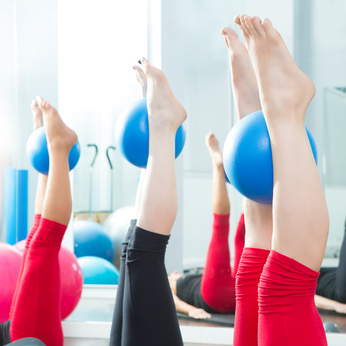
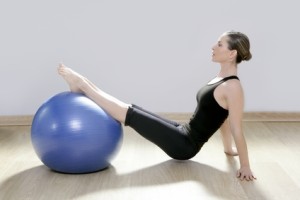 If you’ve never done Pilates before, this may sound like a lot to think about. If possible, we recommend working with someone who is trained in Pilates first to get you on the right track.
If you’ve never done Pilates before, this may sound like a lot to think about. If possible, we recommend working with someone who is trained in Pilates first to get you on the right track.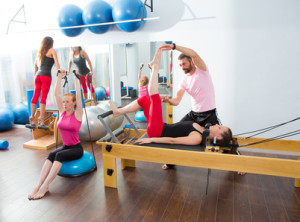 Balanced Muscle Development: Everything that is done on one side of the body must also be done on the other side. For example, if you do an exercise with your right arm, you must also do it with your left.
Balanced Muscle Development: Everything that is done on one side of the body must also be done on the other side. For example, if you do an exercise with your right arm, you must also do it with your left.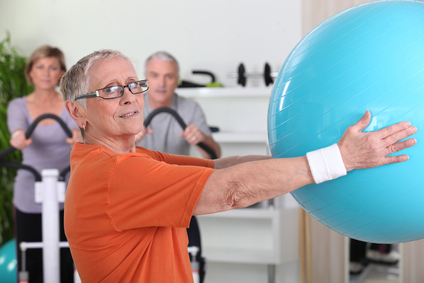
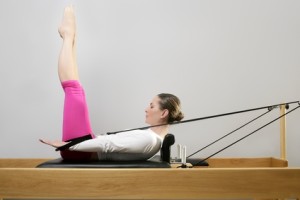 There are eight principles of Pilates: relaxation, concentration, control, centering, fluidity, precision, stamina and breathing. Joseph Pilates, who developed this movement method, believed that one must pay attention to each exercise and perform it with the utmost control to avoid injury. He believed that it is not the quantity that counts, but the quality of each repetition.
There are eight principles of Pilates: relaxation, concentration, control, centering, fluidity, precision, stamina and breathing. Joseph Pilates, who developed this movement method, believed that one must pay attention to each exercise and perform it with the utmost control to avoid injury. He believed that it is not the quantity that counts, but the quality of each repetition.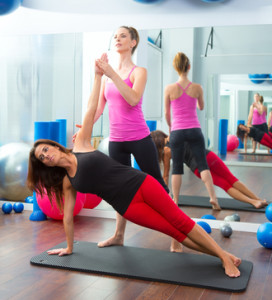 Pilates focuses on the scapula stabilizers including the rhomboids, latissmus dorsi, middle/lower trapezius and serratus anterior while performing active range of motion, which is different than a traditional rehabilitative approach. The use of imagery is often used to coordinate the mind and body, so one may be told to “place those wing bones in your back pocket.” Even some of the exercises can be done in side lying, which eliminates gravity, making the shoulder exercises easier to perform.
Pilates focuses on the scapula stabilizers including the rhomboids, latissmus dorsi, middle/lower trapezius and serratus anterior while performing active range of motion, which is different than a traditional rehabilitative approach. The use of imagery is often used to coordinate the mind and body, so one may be told to “place those wing bones in your back pocket.” Even some of the exercises can be done in side lying, which eliminates gravity, making the shoulder exercises easier to perform.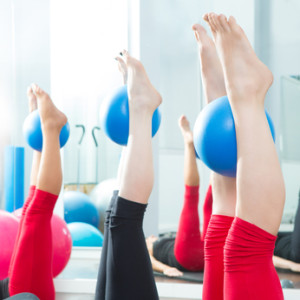 Dealing with Fatigue
Dealing with Fatigue